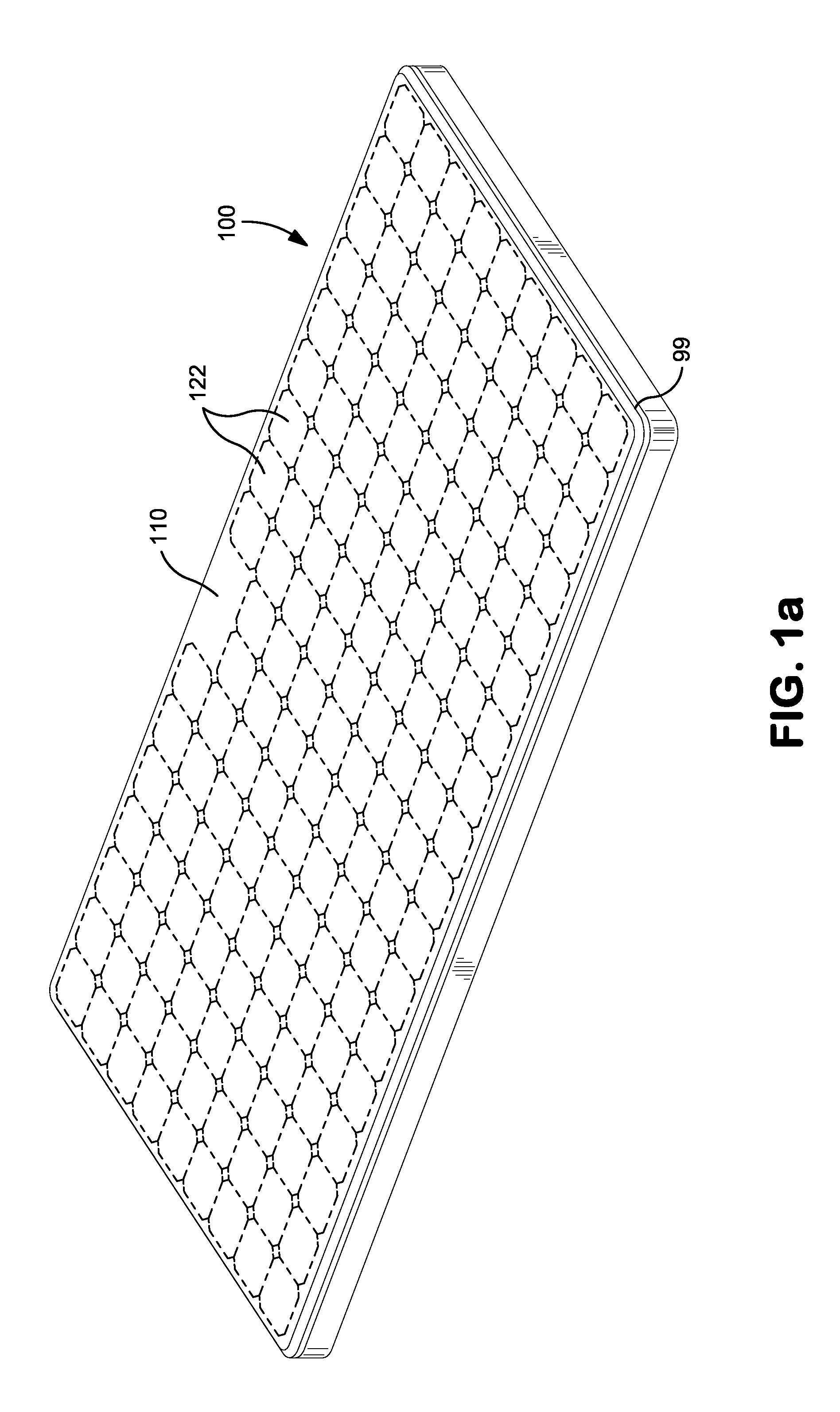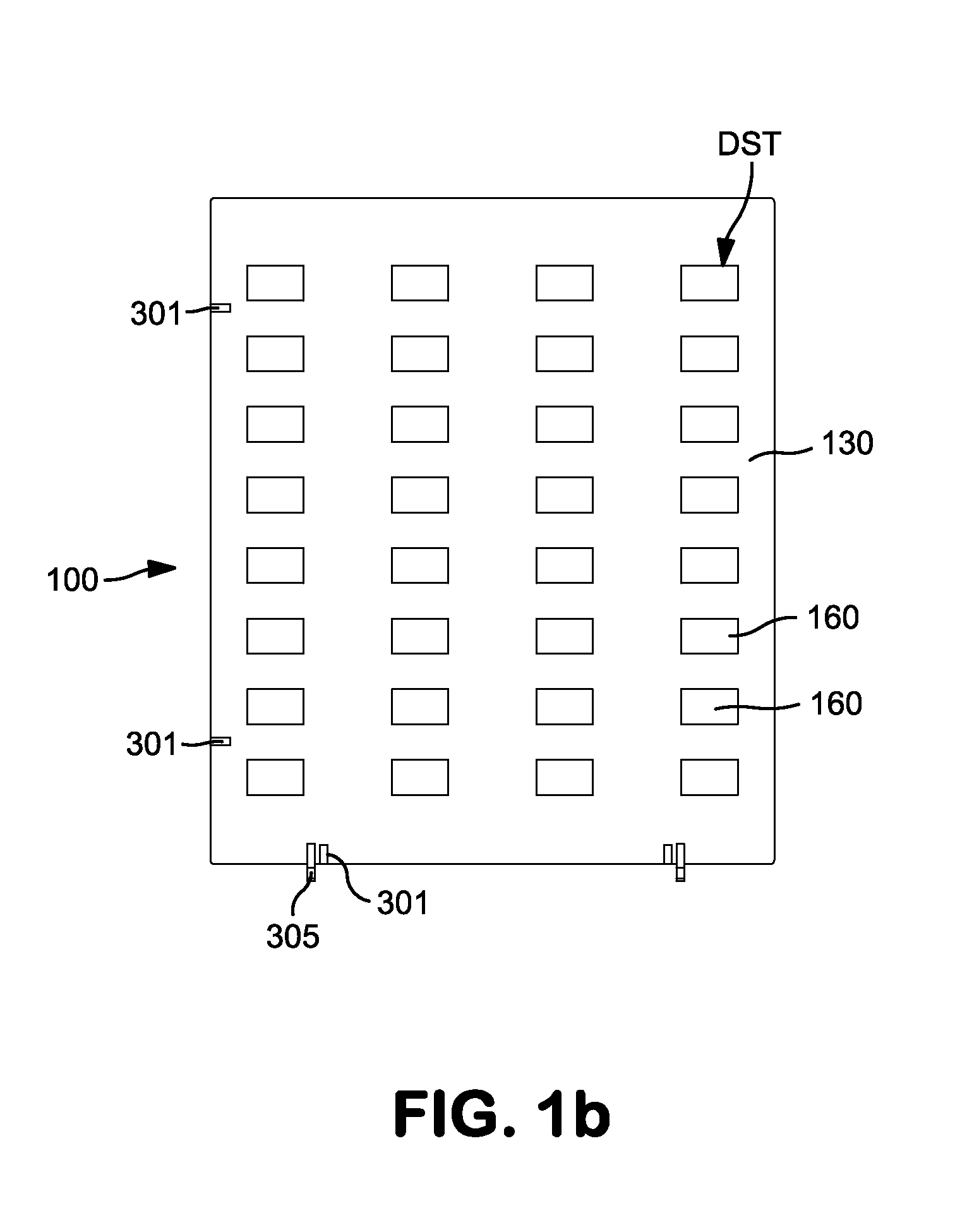Apparatus and method for solar panel on-board wiring
a solar panel and on-board wiring technology, applied in photovoltaic supports, climate sustainability, sustainable buildings, etc., can solve the problems of loose wiring being exposed to the elements and affecting the installation speed, and achieve the effect of reliable electrical connections and quick installation
- Summary
- Abstract
- Description
- Claims
- Application Information
AI Technical Summary
Benefits of technology
Problems solved by technology
Method used
Image
Examples
Embodiment Construction
[0020]Briefly, the present on-board wire / cable management structures for both residential and commercial photovoltaic (“PV”) modules are designed to: (i) keep module interconnection wiring, jumpers, and homerun cables off roof surfaces, (ii) minimize system install time and wire tray usage, (iii) minimize installation errors in the field, and (iv) enhance protection from weather and solar related degradation. The low profile (height) of the wire clips does not substantially increase wind resistance of the installed photovoltaic systems and also enhances the aesthetics thereof. As wire management clips are exposed to direct sun light, stainless steel clips are preferred to minimize the impact of UV degradation. UV-resistant polymer materials can also be used for the wire clips.
[0021]PV wiring requirements for residential roof top installations should meet the National Electrical Code (“NEC”) latest revision, currently 2014. Many Authorities Having Jurisdiction (“AHJs”), such as state...
PUM
 Login to View More
Login to View More Abstract
Description
Claims
Application Information
 Login to View More
Login to View More - R&D
- Intellectual Property
- Life Sciences
- Materials
- Tech Scout
- Unparalleled Data Quality
- Higher Quality Content
- 60% Fewer Hallucinations
Browse by: Latest US Patents, China's latest patents, Technical Efficacy Thesaurus, Application Domain, Technology Topic, Popular Technical Reports.
© 2025 PatSnap. All rights reserved.Legal|Privacy policy|Modern Slavery Act Transparency Statement|Sitemap|About US| Contact US: help@patsnap.com



